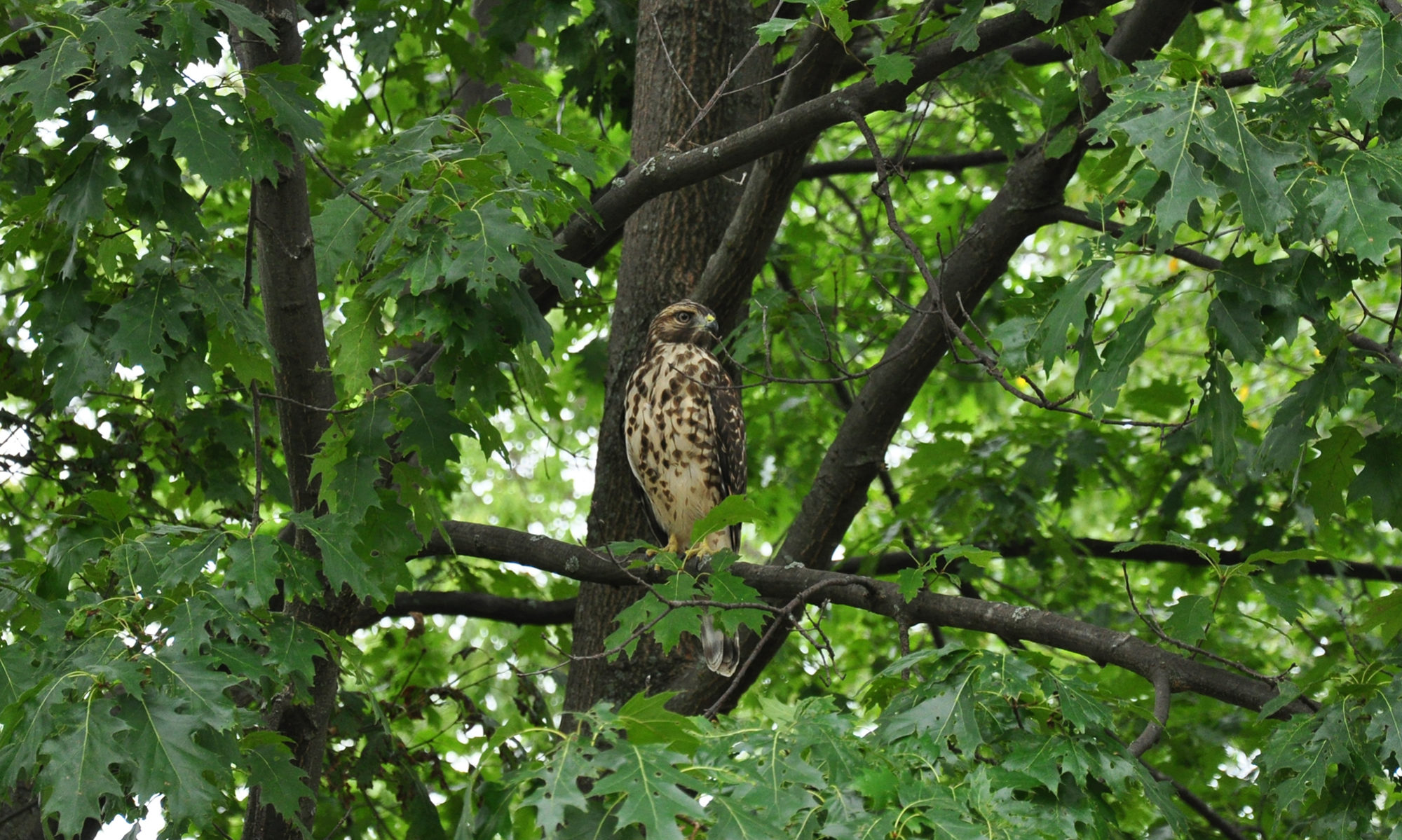[From Connect Column Archives]
As I thought about this column, the sun was just peaking over the trees. The words of a song loved by my grandchildren came to mind:
“Mr. Sun, Sun, Mr. Golden Sun, Please shine down on me!
These little children are asking you to please come out so they can play with you.
Sun, Sun, Mr. Golden Sun, Please shine down me.”
This is the way things were when I was growing up, too. We loved the sun and all it did for us. We took for granted it would always be that way. Even now, when I step outdoors on a bright day, the sun’s warm energy on my skin brings a smile to my face and an uplifting to my spirit. Only occasionally do I think of the sun being one continuous nuclear explosion over 93 million miles away.
We have difficulty imagining that kind of power. Without this energy, there would be no life here. The planet would be dark and cold. Thankfully, there are no signs we have to worry about the sun being extinguished any time soon. It is what we cannot see that we need to worry about.
High above us — invisible and silent — is one of the miracles of our planetary home. It is a clear gas layer called the ozone layer. It was there before mankind, before the dinosaurs roamed the planet, and even before the first living cell on Earth.. It engulfs the entire planet in a protective cocoon as we move through the blackness of space on our endless journey around the sun.
Through this entire time it has been there protecting life on Earth from harm. Thanks to modern science, we know it stops a particular part of the sun’s energy from reaching the Earth’s surface. This ultraviolet energy, when too much, destroys. It causes cancers. It stops plants from capturing the energy they need to make their living. We know too much ultraviolet energy reaching the surface of the planet has the potential to kill the biological processes we depend upon.
Less than a century ago, mankind learned to create chemicals that, when released into the air, would find their way up to the ozone layer and begin to destroy it. We loved these chemicals. They gave us air conditioning, refrigeration, and provided the ‘psssssst’ in our hair sprays, deodorants, insecticides, whipped cream cans and a variety of other aerosols. They were used in industrial processes of many kinds. At first, we didn’t realize we were doing anything except making life easier for ourselves.
Then, the bad news came. A few decades ago, scientists discovered the ozone layer was getting thinner. The thinner the layer, the more damaging ultraviolet radiation reaches the Earth’s surface. The layer even developed large holes in it around the North and South Poles at times. Now we hear about holes in the ozone layer that appear over where people live in Australia and northern Canada. We get ‘burn’ indexes along with our daily weather reports. We are warned by the Environmental Protection Agency to ‘save your sight — wear sunglasses, do the lotion motion — apply sunscreen, lose your shadow — seek shade, top off your day — wear a hat, and stay out of prolonged exposure to the sun’.
We can put on sunglasses, sunscreen, and all the rest; but, what about the plants? What about the trees, and grasses, and green algae in the waters of the world that release into the air the oxygen we breathe. What about them? What about the plants we depend upon for food?
In the short span of a few years, humans have managed to damage a vital link in what supports life on this planet. If we, world wide, totally stopped today manufacturing ozone layer damaging chemicals, it would be decades before we know the final consequences of our actions. These harmful chemicals hang around continuing to do damage for a long, long time.
Many corrective steps have been taken, but more are needed. In the United States, we no longer power aerosols with these harmful chemicals. Our air conditioning and refrigeration systems are being changed to other, safer, chemicals. But, we and others around the world continue to manufacture and/or use chemicals harmful to the ozone layer.
Just last week, the National Aeronautics and Space Agency (NASA) announced it would no longer be able to provide monitoring of the ozone layer due to current budgetary constraints. Scientists are worried.
The ozone layer is our friend and protector. It has been there for all of life for eons upon eons. We need to be vigilant as its friend and protector for the benefit of life to come.

The Kokomo Dispatch — Pledged but to Truth, To Liberty and Law, No Favor Sways Us and No Fear Shall Awe: Poynter/Kautz/Blacklidge